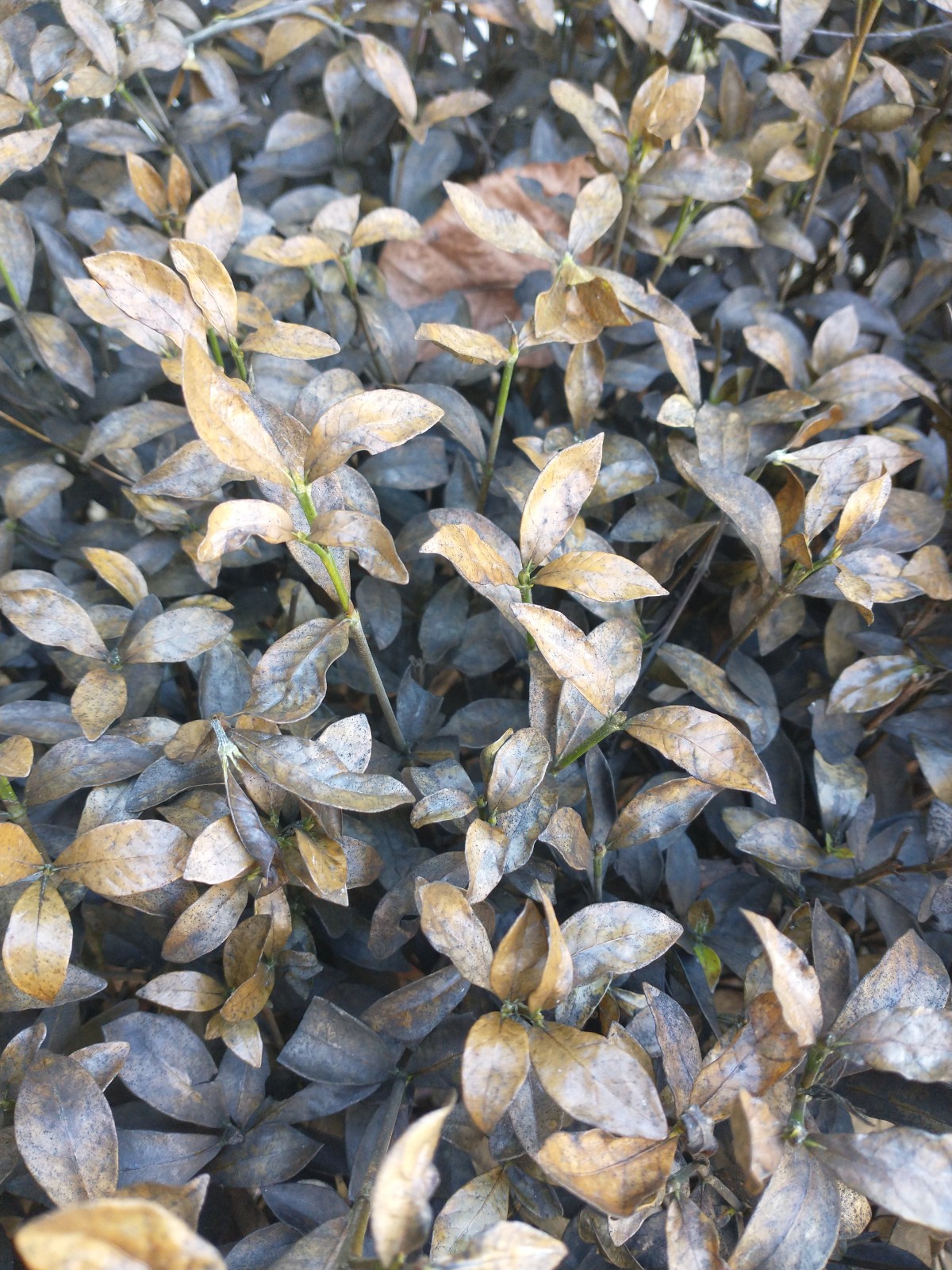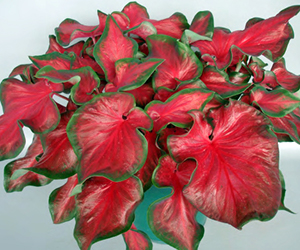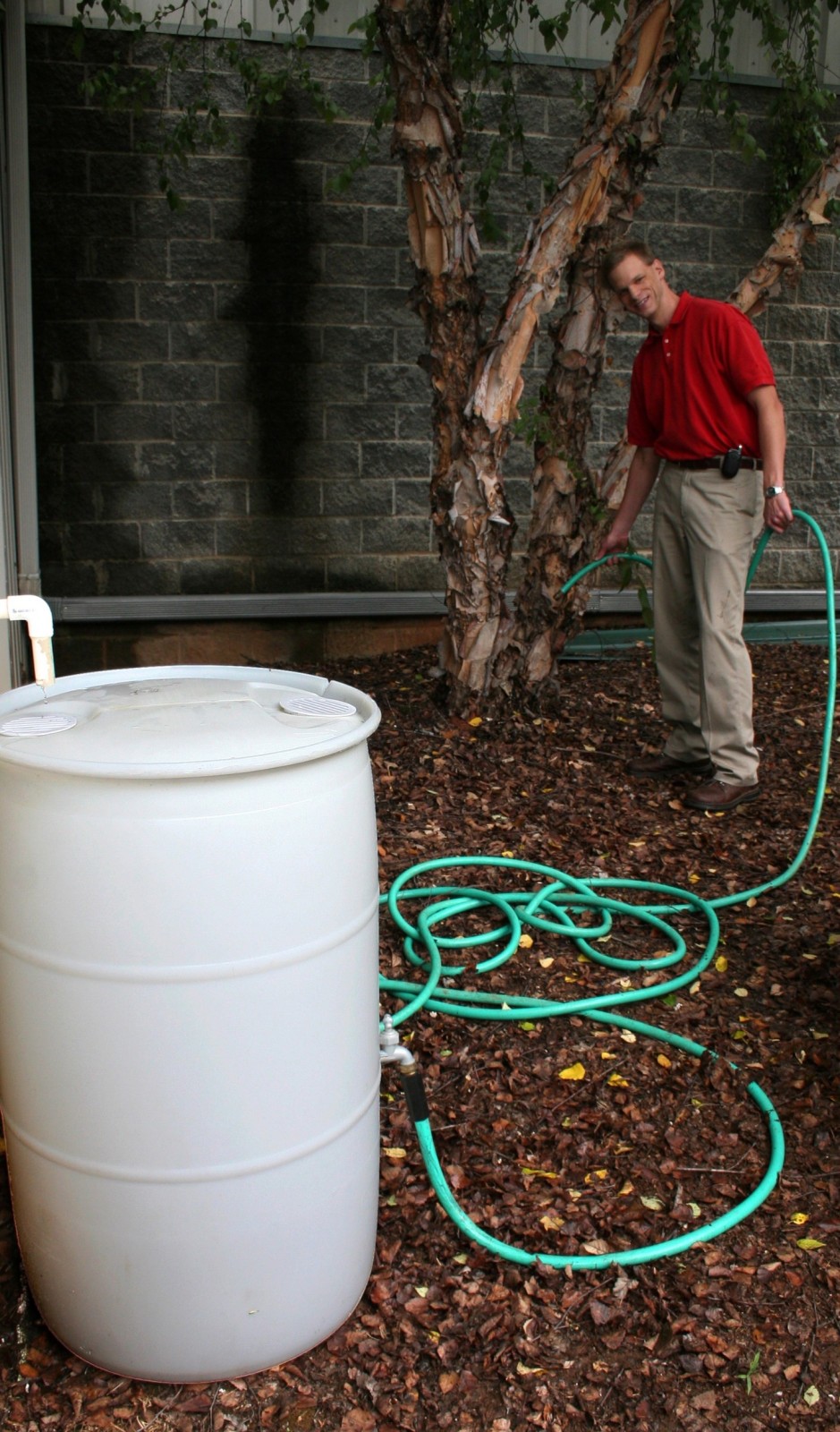Recent Posts
-

Arbor Day is a national event of over 150 years’ standing. It originated in Nebraska in 1872, where pioneers arriving and settling in the treeless plains and prairies of Nebraska participated in an April event that resulted in the planting of over one million trees. Officially, Arbor Day is still in April each year, but…
Posted in: ANR -

Forsyth County’s Cloverleaf Campers (4th- 6th grade) will be traveling to Rock Eagle 4-H Center July 10-14, 2023. The cost for camp is $430. The price covers transportation on a Forsyth County School bus, lodging, meals, activities, and a camp t-shirt. Tentative activities during the week include swimming, canoeing, archery, a nature hike, herpetology, lake…
Posted in: 4-H -

Radon is an odorless, colorless gas that kills nearly 21,000 people annually, including over 800 deaths in Georgia each year. Every January, the University of Georgia Radon Program urges Georgians to test for the presence of radon gas in their homes. People who order a test kit online before February 14, 2023, receive a $5…
Posted in: ANR -

With an October freeze and weeks of balmy December days followed by several consecutive days of sub-freezing temperatures, winter has tossed Georgia some unusual surprises so far. Both temperature conditions can affect the development of fruit crops, including blueberries and peaches, crops that are economically important to Georgia.
Posted in: ANR -

Fruits and vegetables make quick, tasty, and nutritious snacks and meals. They contain many of the vitamins and minerals our bodies need to stay healthy and fight illnesses. Plus, there are plenty of economical choices. What fresh fruits and vegetables lack are added preservatives. Like other perishable foods, they good bad – often sooner rather…
Posted in: ANR -

Youth had the opportunity to work with livestock animals and show them at county and state livestock shows. At the Junior National Livestock Show, Timothy Laszlo and his goat placed 6th in the showmanship class! At the Georgia National Fair Livestock Shows, Timothy and his goat were able to advance to the grand drive round…
Posted in: 4-H -

While well water in Georgia is generally very safe for drinking, cooking, and household use, UGA and EPD recommend annual testing of well water to monitor pH, naturally occurring mineral levels, and bacterial contamination. Weather events, well damage, and geographic region may warrant additional testing. Heavy rainfall and flooding can carry surface pollutants and pathogens…
Posted in: ANR -

It was just after Thanksgiving when I had to transition to the elastic-waist clothing. Yikes. But treats and feasts aren’t the only factors in play during the fall and winter holiday season. Plenty of other things can throw us off schedule and out of our routines – like seasonal illnesses, travel, family crises, too much…
Posted in: ANR -

Beautiful poinsettias have a long history as a traditional Christmas plant. Unfortunately, as soon as I bring a poinsettia home, it starts dropping leaves. I was, therefore, very excited when I came across an item in a horticulture trade journal about using caladiums along with – or instead of – traditional poinsettias. Colorful foliage is…
Posted in: ANR
